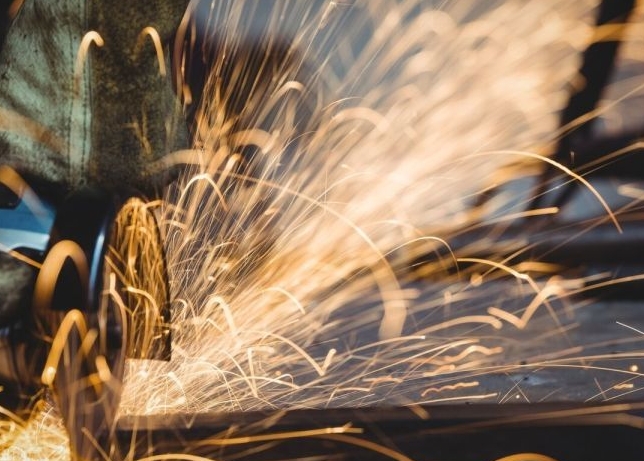Welding and Heat Treatment Process of SUS630 Material
Time:2023-11-13 16:24:00 Source:未知 Click:次
I. Introduction
SUS630 is a type of stainless steel material in Japanese standards, with a main composition of chromium 21.0-24.0% and nickel 10.0-14.0%. Due to its excellent corrosion resistance, high-temperature strength, and good machinability, it is widely used in aerospace, petrochemical, food and medical fields. However, to fully utilize the performance of SUS630, it is necessary to master its welding and heat treatment processes. This article will detail the welding and heat treatment processes of SUS630.
II. Welding Process of SUS630
1. Preparation: Firstly, the surface of SUS630 material needs to be cleaned to remove oil stains, rust, oxide scales, and other impurities. Then, using mechanical or chemical methods, pickling is carried out to remove the surface oxide film and improve the quality of the weld.
2. Welding Method: The welding of SUS630 mainly uses gas shielded welding (TIG) and manual arc welding (SMAW). Gas shielded welding has the advantage of good protection for the weld, high weld quality, but the equipment is complex and the cost is relatively high. Manual arc welding has simple equipment and low cost, but the quality of the weld is greatly affected by the operator's technical level.
3. Welding Parameters: The selection of welding current, voltage, welding speed, shielding gas flow rate and other parameters directly affects the quality of the weld and the efficiency of welding. Generally speaking, the welding current should be appropriately increased, the voltage reduced, the welding speed not too fast, and the shielding gas flow rate must be sufficient.
4. Post-Welding Treatment: After welding, the weld seam needs to be cleaned to remove slag, spatter and other impurities. Then, the weld seam is inspected for cracks, pores, lack of fusion and other defects that need repair if present.
III. Heat Treatment Process of SUS630
1. Solution Treatment: Solution treatment is to heat SUS630 to 1010-1065℃, hold for a period of time until carbides dissolve into austenite, then quickly cool down. Solution treatment can eliminate stress and improve toughness and corrosion resistance.
2. Stabilization Treatment: After solution treatment, SUS630 is heated to 850-950℃, held for a period of time until carbides precipitate at the grain boundary, then cooled down. Stabilization treatment can improve hardness and strength.
3. Aging Treatment: After stabilization treatment, SUS630 is heated to 480-580℃, held for a period of time until carbides precipitate and grow. Aging treatment can improve hardness and strength.
IV. Conclusion
The welding and heat treatment processes of SUS630 have a significant impact on its performance. The correct welding process can ensure the quality of the weld and prolong the service life of the product. The appropriate heat treatment process can give full play to the performance of SUS630 and meet different application needs. Therefore, mastering the welding and heat treatment processes of SUS630 is of great significance to improving product quality and performance.


